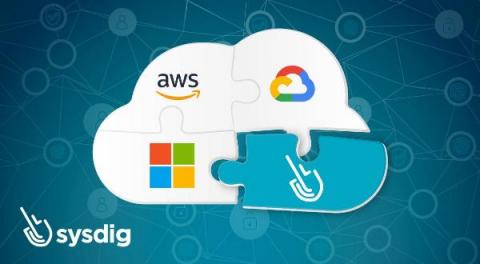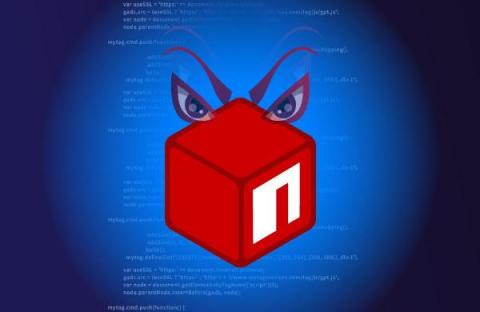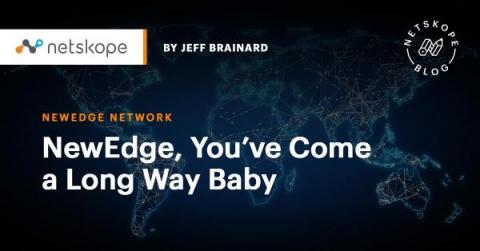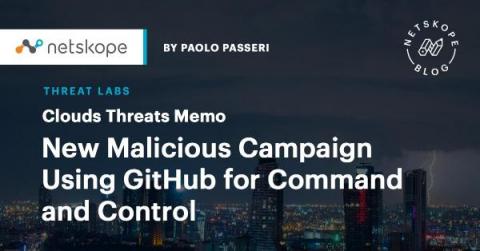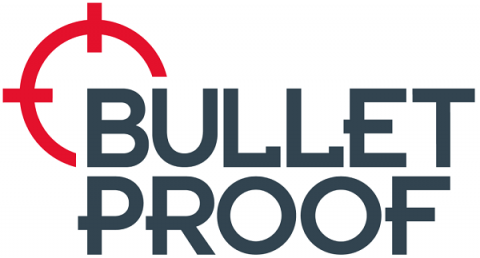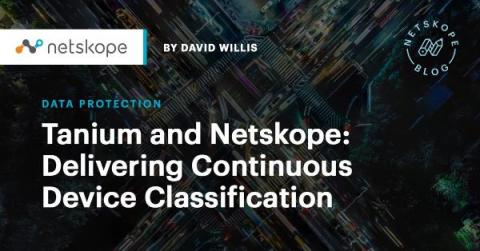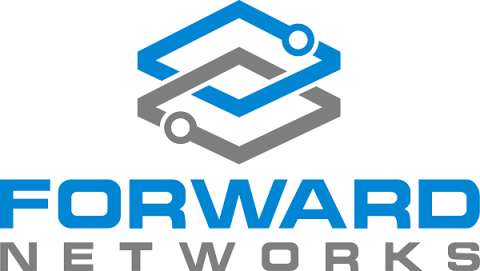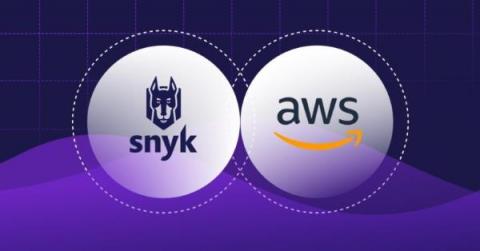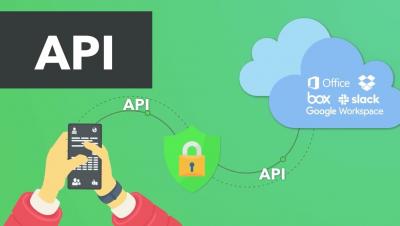Security | Threat Detection | Cyberattacks | DevSecOps | Compliance
Cloud
Sysdig Secure - When cloud provider security services are not enough
The benefits of cloud computing are causing the adoption of cloud services by companies of all sizes to increase each year. The reduction of operating costs, time to market, ease of use, and reliability are some of the most significant benefits. However, the shared responsibility model must be taken into consideration. Cloud breaches are already everywhere and it doesn’t look like they’re going to slow down anytime soon.
A Malicious Package Found Stealing AWS AIM data on npm has Similarities To Capital One Hack
In the latter part of December 2021, WhiteSource Diffend detected the new release of a package called @maui-mf/app-auth. This package used a vector of attack that was similar to the server side request forgery (SSRF) attack against Capital One in 2019, in which a server was tricked into executing commands on behalf of a remote user, thereby enabling the user to treat the server as a proxy for requests and gain access to non-public endpoints.
NewEdge, You've Come a Long Way Baby
Just over three years ago, Joe DePalo joined Netskope as Senior Vice President of Platform Engineering. He had most recently led the infrastructure design and build-out at AWS, the world’s largest public cloud, and prior to that, engineering and operations for one of the largest content delivery networks (CDNs) at Limelight Networks.
Cloud Threats Memo: New Malicious Campaign Using GitHub for Command and Control
State-sponsored threat actors continue to exploit legitimate cloud services. In their latest campaign, uncovered by Malwarebytes during January 2022, the North Korean group Lazarus (AKA HIDDEN COBRA) has been carrying out spear phishing attacks, delivering a malicious document masquerading as a job opportunity from Lockheed Martin (37% of malware is now delivered via Office documents).
Cloud computing: biggest risks and best practices
Cloud computing is a highly convenient and cost-effective way of storing data, but it also comes with risks. Businesses often use this technology without understanding how vulnerable they are to security breaches. With the rise in cybercrimes, businesses need to be more vigilant about their data security than ever before. This article will discuss some of the most common cyber security risks associated with cloud computing and provide information on how they can be managed.
Tanium and Netskope: Delivering Continuous Device Classification
Netskope is a leading provider of cloud security with its security service edge, single-pass architecture. Using clients to steer traffic to the Internet through the Netskope Security Cloud means that customers can securely enable data moving into and out of the distributed corporate environment. But this traffic has to originate from an endpoint—and endpoints can be compromised. How do organizations know whether SaaS traffic originating from an endpoint is potentially compromised or at risk?
What will 2022 Bring for Cloud Computing?
Predicting the future is tricky business. However, when you’re privileged enough to frequently speak with the technology leadership at Fortune 500 companies, looking forward is less about gazing into a crystal ball and more of an extrapolation of trends that you're seeing. I’m honored that Fast Mode published my article detailing what I think is in store for cloud computing in 2022.
Snyk integrates with AWS CloudTrail Lake to simplify security audits
Since organizations around the globe began investing more aggressively in their digital transformation by migrating and modernizing applications within the cloud, the value of audit logging has shifted. It has expanded from industries like finance and healthcare to nearly any company with a digital strategy.



